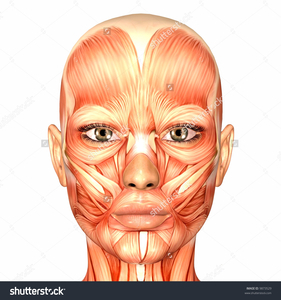Infection Prevention Control Test sobre Infection Prevention for makeup services LO1-LO3, creado por Em D el 15/10/2020.
Pineado a
1420
1
0
Sin etiquetas

|
Creado por Em D
hace alrededor de 4 años
|
|
Cerrar